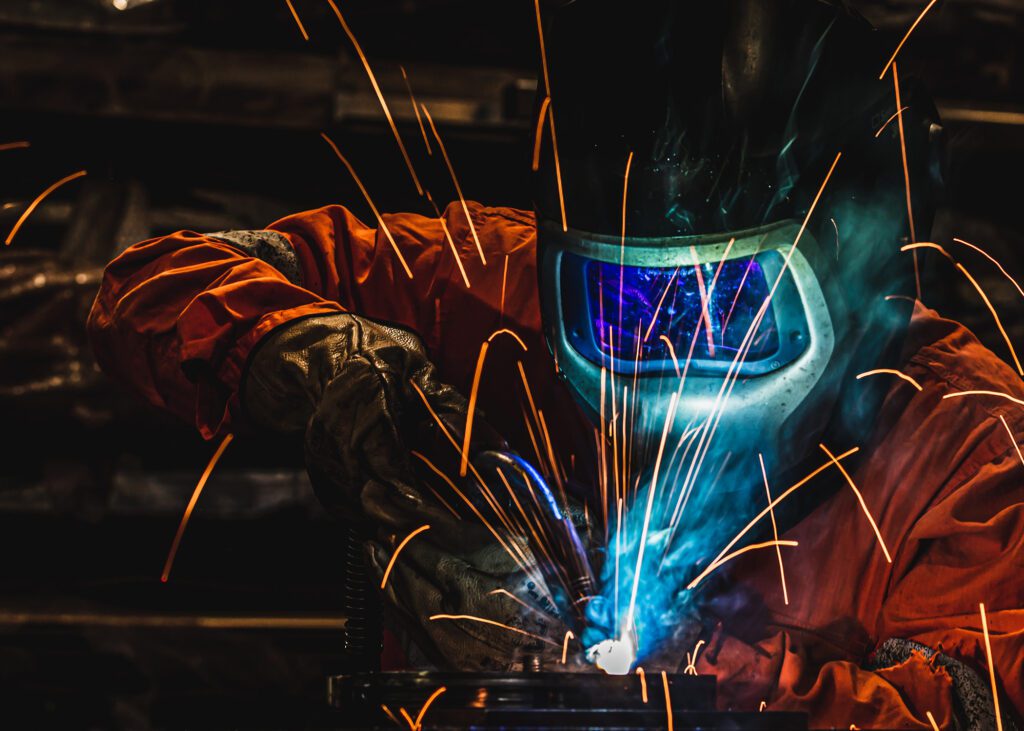[video src="https://rmtsafetysolutions.com/wp-content/uploads/2024/01/AdobeStock_128426647.mp4" /]
Recent research has underscored significant health concerns associated with mild steel welding fumes, with evidence from the International Agency for Research on Cancer (IARC) suggesting a connection between these fumes and lung cancer and kidney cancer. The UK has responded with comprehensive updates to health and safety regulations for the metalworking and fabrication sectors.
IARC Findings on Welding Fume Carcinogenicity mild steel welding fumes
The IARC’s scientific findings have illuminated the potential hazards of mild steel welding fumes, particularly their role in the onset of lung cancer and kidney cancer. As a result, the Workplace Health Expert Committee has reclassified mild steel welding fume as a human carcinogen, prompting a major overhaul in industrial safety measures.
“The UK’s Health and Safety Executive (HSE) has taken a proactive stance in response to IARC’s cancer risk research for welders.” – Health and Safety Executive (HSE)
UK Health and Safety Executive’s Proactive Measures
Enhanced Welding Safety Enforcement by HSE
In light of these findings, the Health and Safety Executive (HSE) has emphasized the critical need for effective welding fume extraction and the adoption of personal protective equipment (PPE) within the welding industry. More rigorous safety guidelines have been established to protect the health of workers in this sector.
- Selection of suitable respiratory protective equipment (RPE) for welders.
- Regular maintenance and storage of RPE.
- Training for workers on the correct usage of RPE.
- Face-Fit Testing to ensure proper seal and fit.
- Face-Fit Testing to ensure proper seal and fit.
Facial Hair and RPE Compatibility
For welders with facial hair, it is essential to secure respiratory protection equipment (RPE) solutions that provide a tight seal, as facial hair can significantly reduce the efficacy of respiratory protection.
The Importance of Control Measures for Welding Fume Exposure
The enforcement of comprehensive exposure control measures is crucial. The HSE’s stance is clear: no level of fume exposure is deemed safe, thereby making the implementation of proper control measures a legal and ethical imperative.
Health Implications of Welding Fume Inhalation
Welding fumes are notorious for causing a spectrum of health issues, including lung infections, diminished lung function, neurological disorders, and various forms of cancers. Prioritizing employee safety by shielding workers from these hazards is essential for responsible businesses.
Compliance with Occupational Health and Safety Regulations
Occupational hygienists are pivotal in ensuring that businesses adhere to COSHH regulations, by assessing and improving controls over hazardous substance exposure to maintain workplace safety.
Despite the HSE’s rigorous enforcement, instances of unprotected welding underscore the critical need for businesses to recognize the health impacts on their workforce, a concern highlighted by RMT Solutions.
Business Responsibilities and Consequences of Non-compliance
To mitigate the risks of welding fumes, it is essential for businesses to provide PPE training to their workforce. Ignoring these safety measures can result in hefty fines or HSE-enforced operational shutdowns.
Conclusion: The Importance of Welding Fume Safety in Metal Fabrication
The reclassification of mild steel welding fumes as carcinogenic by health authorities has profound implications for worker health and safety, especially within the metal fabrication industry, making adherence to regulations compliance a legal and moral obligation.
“A safe worker is a productive worker. Everyone deserves to return home healthy and safe from work.” – John Rowe, Head of Manufacturing at HSE

Health and Safety Executive (HSE) Safety Alert on Welding Fume
The International Agency for Research on Cancer (IARC) – Welding Fume as Carcinogen
COSHH and Welding Fume Control
The Welding Institute – Information on Welding Fume and Health
-
Occupational Hygiene and Welding Fume Evaluation
-
Guidance on Local Exhaust Ventilation (LEV) for Welding Fume
-
Respiratory Protective Equipment (RPE) for Welding


0 Comments